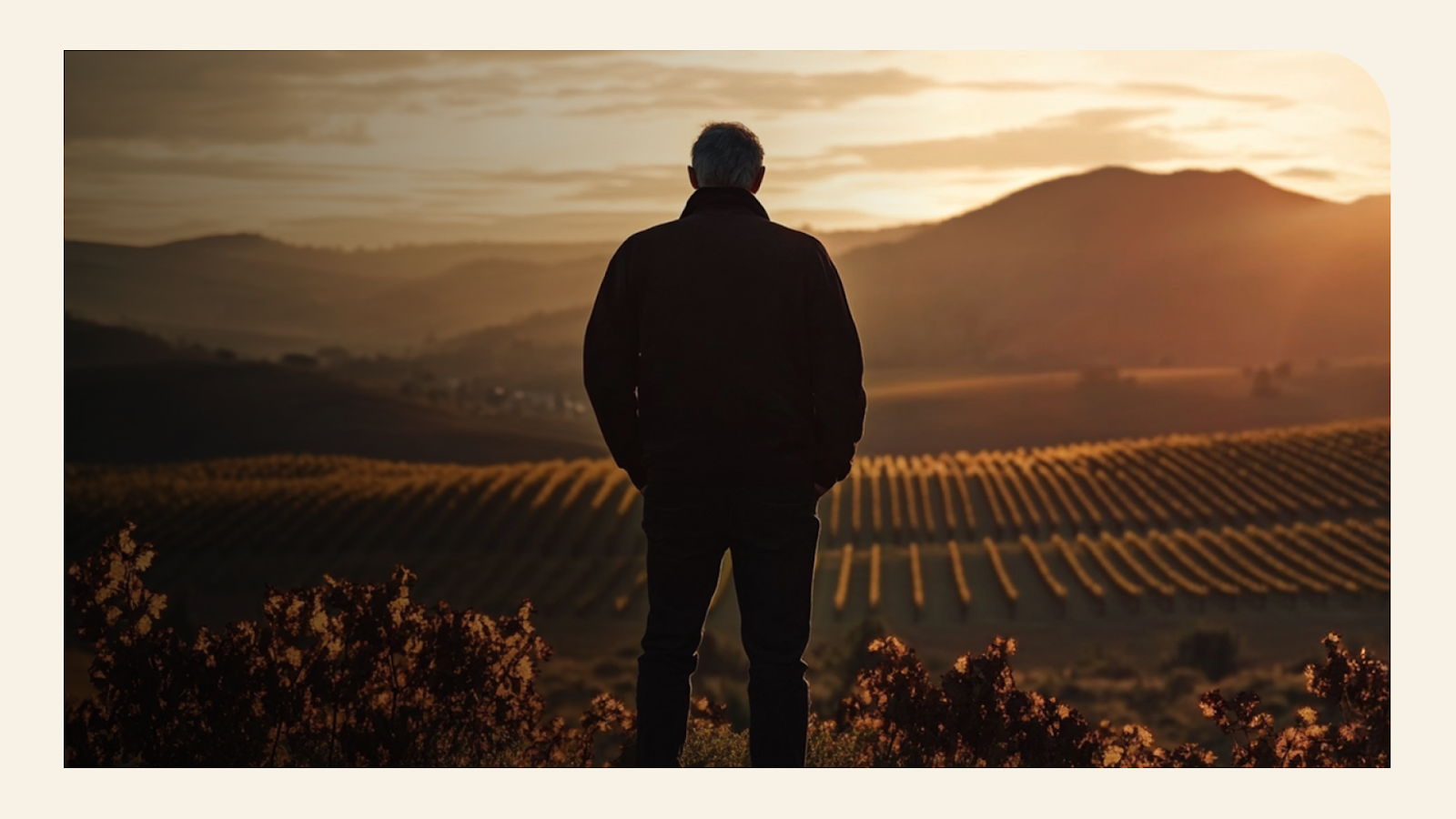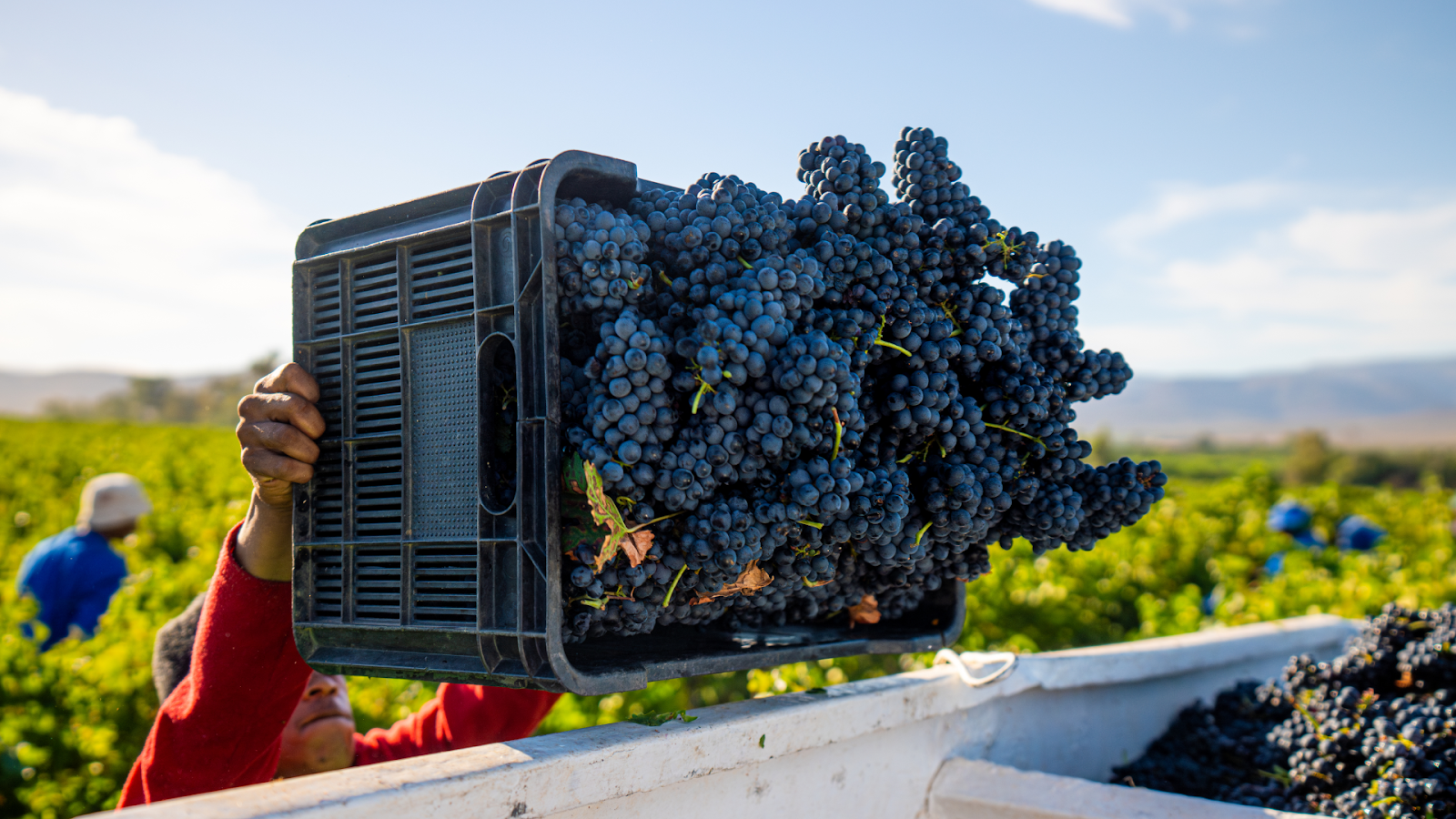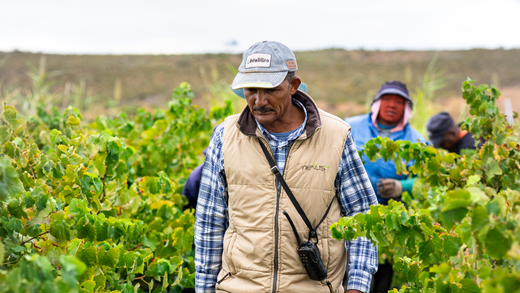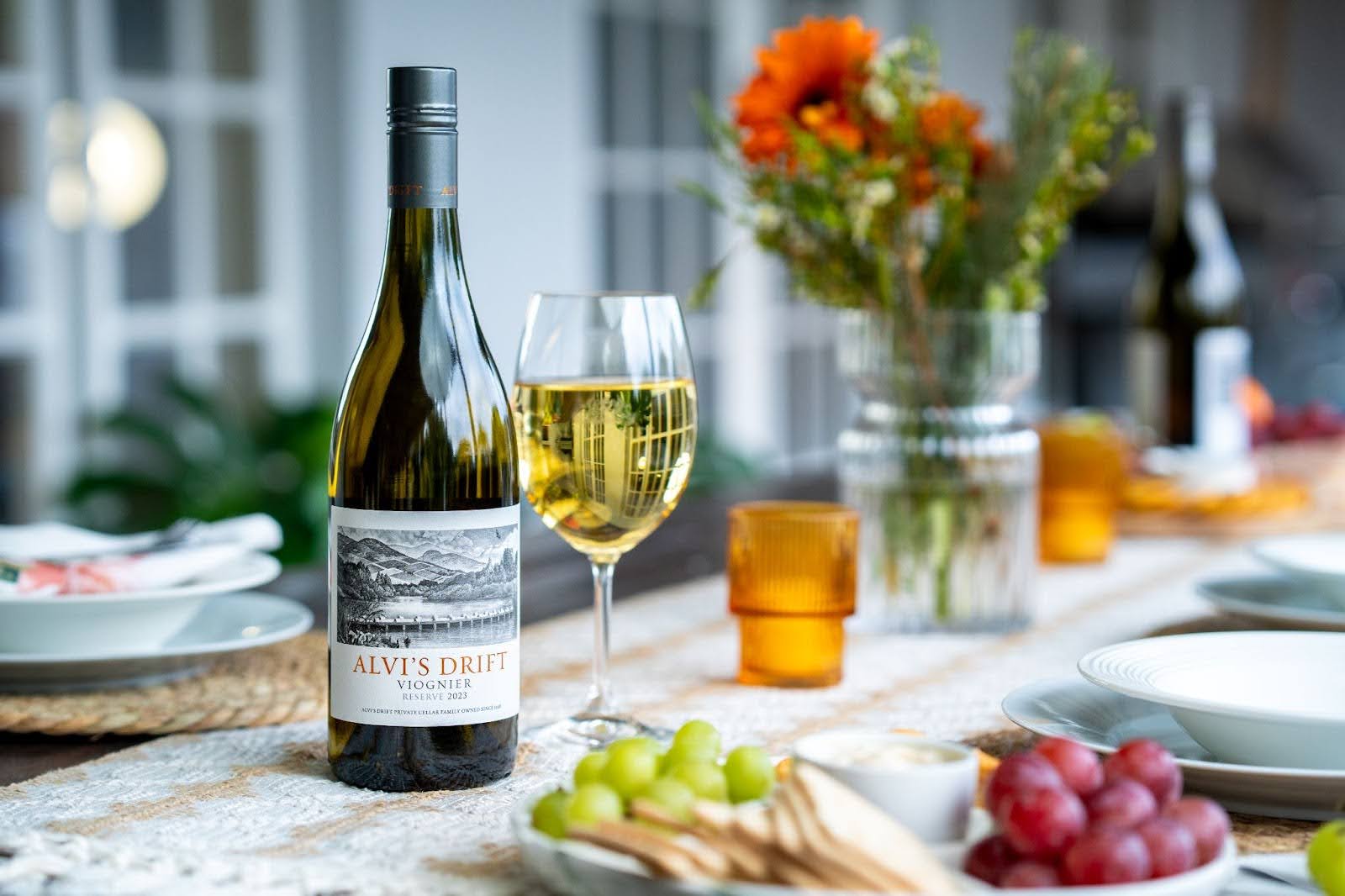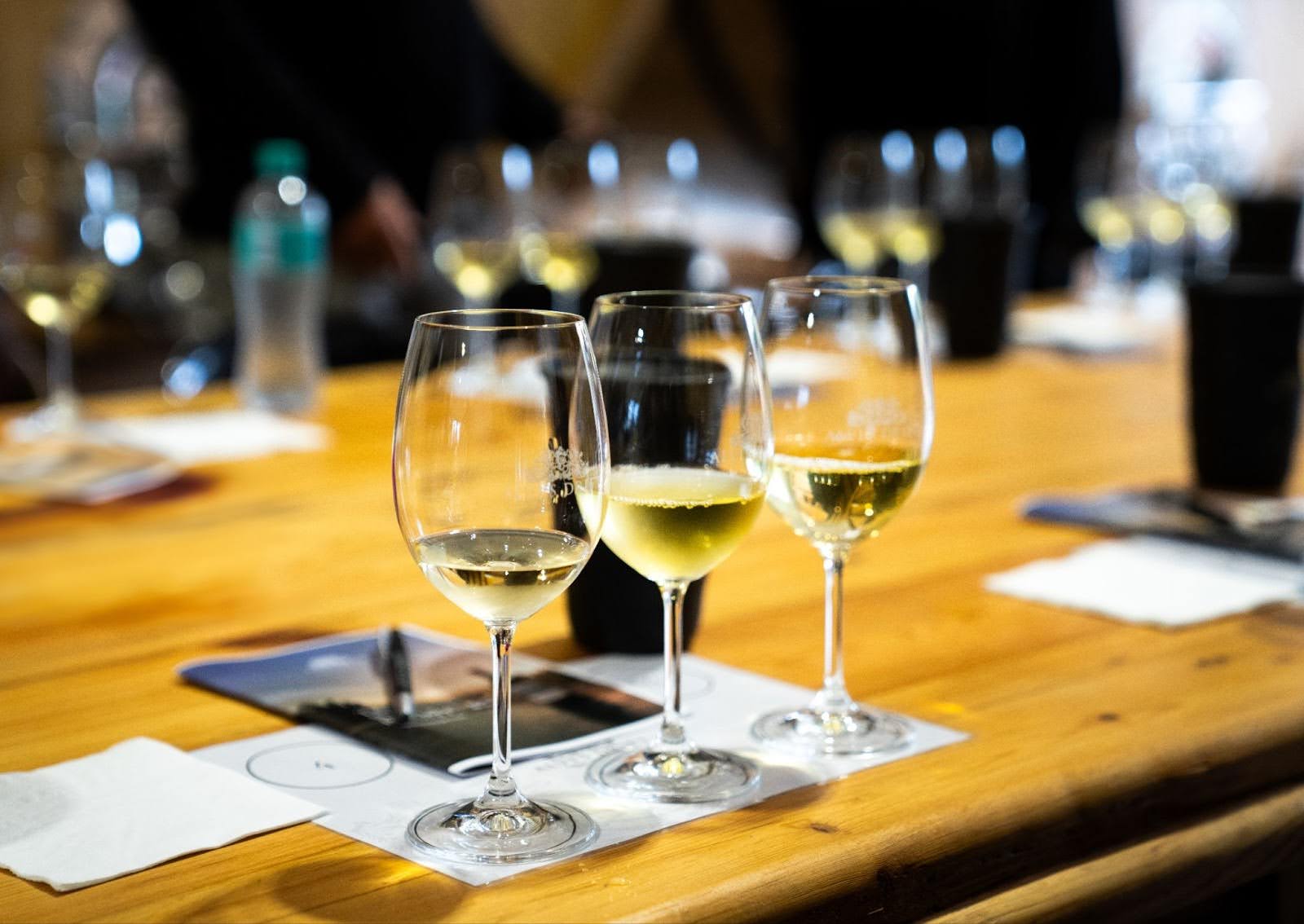While Chenin Blanc is the arguably the wine of choice in South Africa, Sauvignon Blanc remains one of the world’s most popular white wine varietals. It is made from green-skinned grapes that can grow in numerous climates. As a result, this food-friendly varietal can be crisp and grassy or juicy and tropical, with a trademark acidity.
The History of Sauvignon Blanc
Sauvignon Blanc originates from France and dates back to the 18th century; however, it is unclear whether it first appeared in the Loire Valley or Bordeaux. The name originates from the French word “sauvage” meaning “wild”, and “blanc” meaning “white”. One of Sauvignon Blanc’s parents was the ancient grape Savagnin; this makes it a sibling of Grüner Veltliner, Chenin Blanc, Silvaner, and Verdelho.
Surprisingly, even though it’s a white wine grape, it was spontaneously crossed with Cabernet Franc to create Cabernet Sauvignon.
Although there are records of vines planted in Constantia as far back as 1880, the oldest known block of Sauvignon Blanc in South Africa can be found in Swartland and dates back to about 1965.
Sauvignon Blanc is the third-most-planted white variety in South Africa, after Chenin Blanc and Colombard. The varietal continues to gain in popularity worldwide and is, in fact, now the world's eighth most widely planted grape. However, as far as white wines go, only Chardonnay is more popular.
This grape variety generally prefers cooler climates. It’s interesting to note that South Africa’s Breede River Valley region – the Worcester wine district in particular, where Alvi’s Drift wine farm is situated – contains cooler pockets amidst its typical Mediterranean climate. These cooler areas are the result of unique microclimates, caused by the area’s varied topography.
This puts Alvi’s Drift in the perfect position to produce high-quality, cool-climate wines such as the Reserve Sauvignon Blanc, which was recently awarded a Double Gold in the NWC Top 100.
What Are the Characteristics of Sauvignon Blanc?
Sauvignon Blanc is typically a dry, still white wine high in acidity and has a light to moderately high alcohol content, depending on the climate in which it is grown.
While Sauvignon Blanc vines develop buds late, the fruit ripens early. As a result, this varietal tends to grow best in temperate climates found in numerous wine regions such as Bordeaux, California, South Africa, Australia and New Zealand.
Typically Sauvignon Blanc is aged in stainless steel tanks, so you are unlikely to find any oaky aromas or harsh tannins.
South African Sauvignon Blanc is a zesty wine, which is generally light green in colour with herbaceous aromas of cut grass, green fruits, citrus, gooseberry and a hint of minerality. It is a great food wine due to its crisp high acidity, and moderately intense aromas and flavours.

What Aromas Can You Expect?
Classic Sauvignon Blanc aromas range from grass and asparagus to green apples and gooseberries. You may also have heard mention of more unusual notes such as “cats’ pee” and “gunflint”.
Typically in South Africa, some of the aromas you can expect with Sauvignon Blanc are gooseberry, grapefruit, green melon, freshly cut grass, lime and passion fruit.
Styles and Flavours of Sauvignon Blanc
Sauvignon Blanc largely owes its popularity amongst wine lovers in South Africa to the country’s warmer climate - it is the ideal crisp, dry white wine to enjoy on a summer's day around the braai!
While this wine is generally characterised by its freshness, minerality and green notes, it can vary widely in style. As with all wines, the style and flavour profile of the wine produced depends on climate, terroir and winemaking techniques.
The distinctive “green” characteristics you experience with most Sauvignon Blancs are from pyrazines, a chemical compound that gives it grassy, herbaceous or green pepper flavours. While the tropical characters in Sauvignon Blanc are referred to as thiols.
Sauvignon Blanc grapes that are grown in warm climatic regions generally produce wine with tropical and yellow fruit flavours, such as passionfruit and guavas. In contrast, cooler climatic conditions produce wines with more spicy and herbaceous tones, such as peppers, grass, nettles, asparagus and green figs.
While the majority of Sauvignon Blanc in SA is unwooded, there are some critically acclaimed versions that have been matured in oak, adding more complexity to the wine. Previously these wines were called Blanc Fume, but this term is no longer used.
Alvi's Drift's new 221 Sauvignon Blanc gives us the best of both worlds, blending barrel-matured and fresh, crisp, tank-fermented Sauvignon Blanc. The result is a fruit-forward wine, which is dry and crisp with an almost-creamy acidity. The palate is well-rounded, lingering to a fresh, ripe-lemon finish.
How to Serve Sauvignon Blanc
As with most white wines, you should serve Sauvignon Blanc chilled; if it is too warm, you will lose the wine's fresh acidity. Generally, it is best to serve this wine between 8°C and 10°C.
To store an open bottle of Sauvignon Blanc, replace the cork or cap and refrigerate for two to four days. Storing it any longer will generally cause the wine to oxidise.
Regarding closure types, screwcaps have become popular, especially for Sauvignon Blanc, which has sensitive aromas. This is because screwcaps typically allow less oxygen in than corks, which helps slow down the breakdown of volatile aromas.
As a rule, Sauvignon Blanc wines are better to drink young, as they mostly do not age well. Therefore, ageing them for more than two to three years is not recommended.

Sauvignon Blanc Food Pairings
Sauvignon Blanc is great to quaff on its own, but due to its high acidity, it is also a versatile, food-friendly wine.
- It is the perfect partner for seafood, ranging from fresh oysters to grilled white fish like kabeljou.
- It also pairs well with most meat and poultry dishes. Flavours should be kept light; think grilled chicken or pork with a citrus glaze.
- Vegetable dishes such as grilled asparagus, pea risotto or parmigiana di melanzane are also perfect with this variety of wine.
- For heavier dishes, it is recommended to serve an oaked Sauvignon Blanc.
- Cheese and wine are always a great pairing. Sauvignon Blanc works well with soft cheeses, such as goat’s cheese, feta, burrata, or mozzarella.
Shop Online for an Award-winning Selection of Wines from Alvi’s Drift
If you want to develop your palate further and taste a variety of Sauvignon Blanc wines, pop over to the Alvi’s Drift online shop. Their offering ranges from an entry-level Signature Sauvignon Blanc to the premium Reserve Sauvignon Blanc.
To keep up to date with the estate's member-only exclusive offers, promotions and invitations to special events, join the Alvi's Drift Wine Club.


